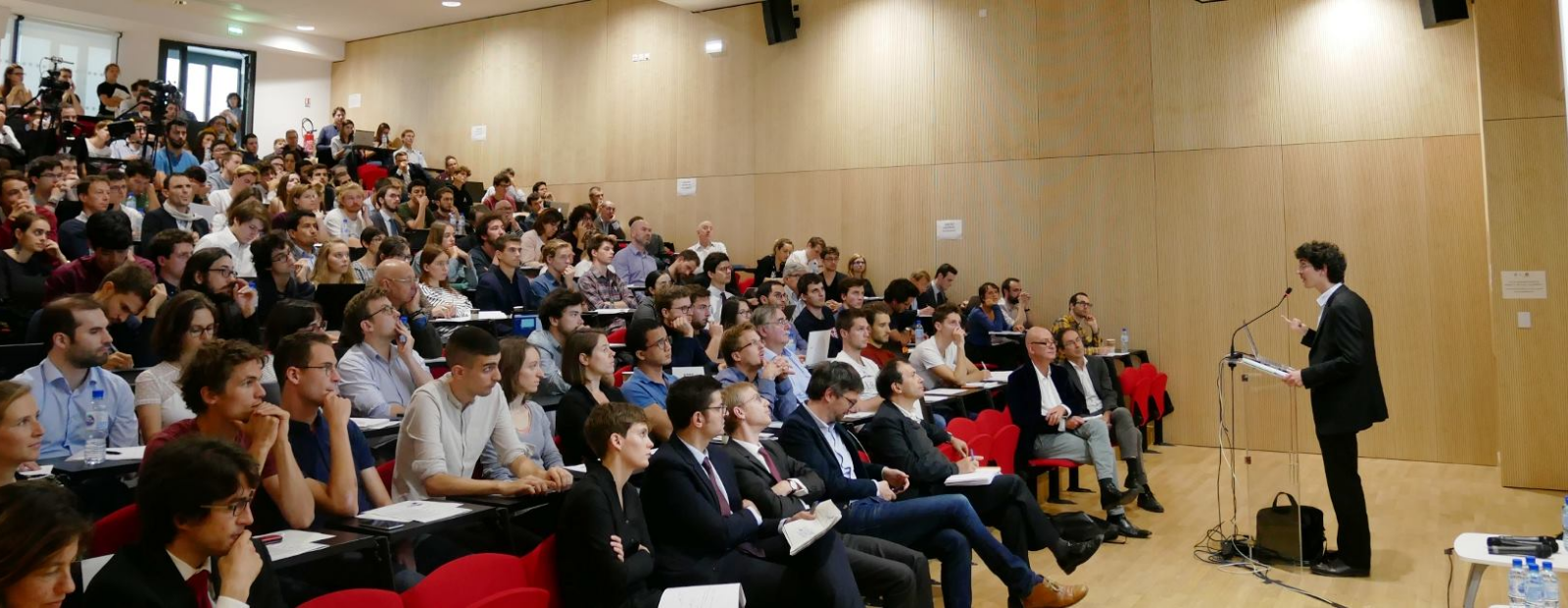Published in
- Paris School of Economics
Research groups
Research themes
- Behavioral economics
- Economic psychology
- Experimental economics
Contact
Address :48 Boulevard Jourdan,
75014 Paris, France
Campus:
Campus Jourdan
Building: R
Floor: 3
Office: 56
Declaration of interest
See the declaration of interest
Publications HAL
-
How large is “large enough” ? Large-scale experimental investigation of the reliability of confidence measures Pre-print, Working paper
-
Anticipatory Anxiety and Wishful Thinking Journal articleReview : American Economic Review
Published in
-
Specificity and sensitivity of the fixed-point test for binary mixture distributions Journal articleReview : Behavior Research Methods
Published in
-
Decision-making under risk and ambiguity in adults with Tourette syndrome Journal articleReview : Psychological Medicine
Published in
-
Linking confidence biases to reinforcement-learning processes. Journal articleReview : Psychological Review
Published in
-
Learning rules of engagement for social exchange within and between groups Journal articleReview : Proceedings of the National Academy of Sciences of the United States of America
Published in
-
A shared brain system forming confidence judgment across cognitive domains Journal articleAuthor : M. Rouault Review : Cerebral Cortex
Published in
-
Neural and computational underpinnings of biased confidence in human reinforcement learning Journal articleReview : Nature Communications
Published in
-
Experiential values are underweighted in decisions involving symbolic options Journal articleAuthor : Sacha Bourgeois-Gironde Review : Nature Human Behaviour
Published in
-
Motivational signals disrupt metacognitive signals in the human ventromedial prefrontal cortex Journal articleReview : Communications Biology
Published in

